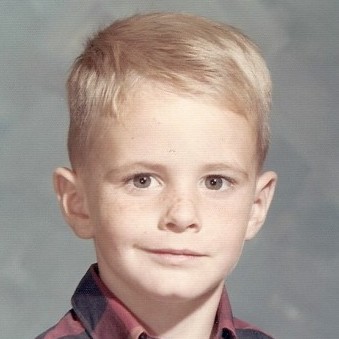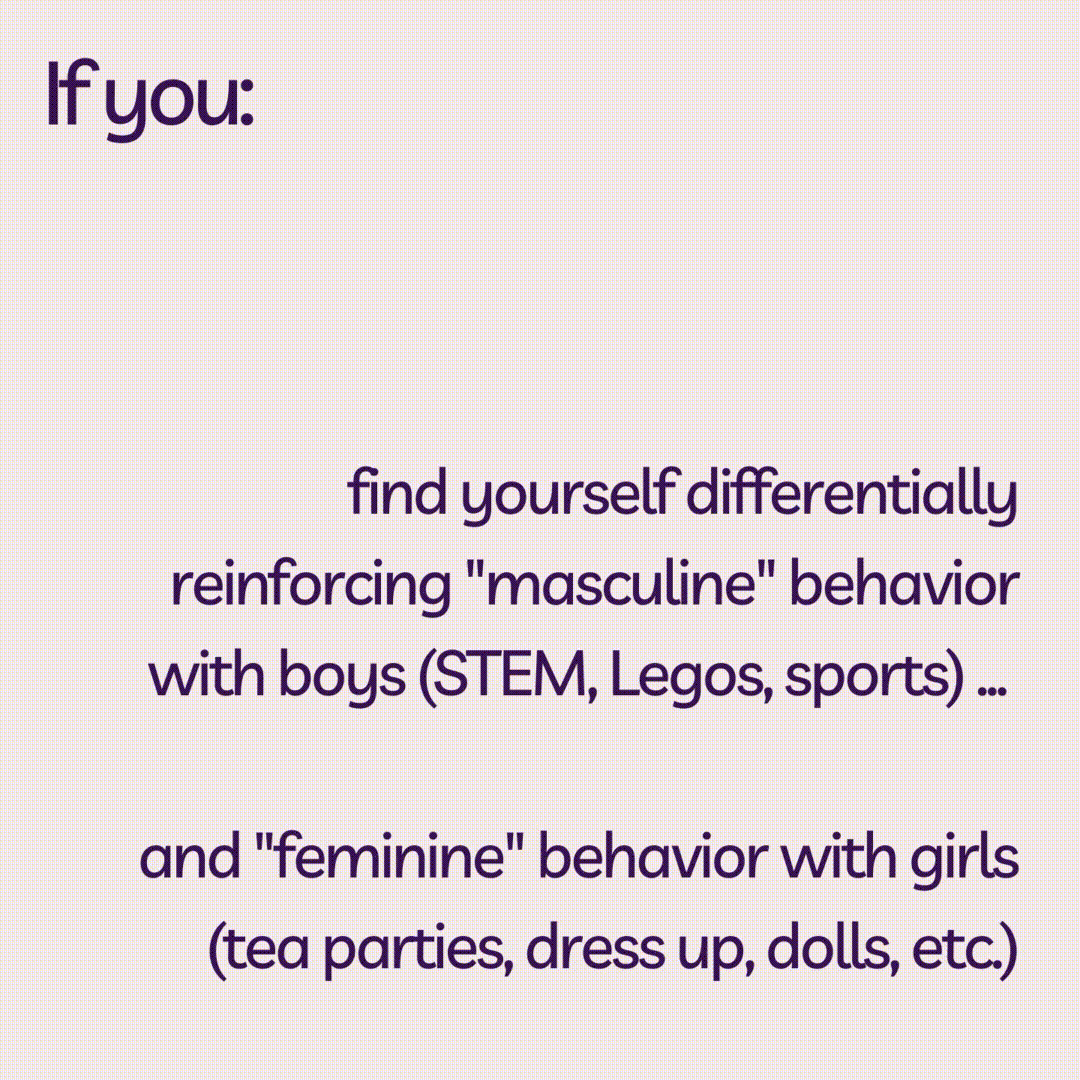Immediately after publication, five researchers in ABA wrote to JABA to submit criticisms of the Rekers and Lovaas paper. Their criticisms were ultimately published in 1977 alongside a response to those criticisms by Rekers.
These five critical authors were split across two different articles: Winkler (1977) and Nordyke, Baer, Etzel, and LeBlanc (1977). The "Baer" in that article is Donald Baer, who is one of the most foundational figures in ABA. He was also the lead author on the paper which laid out the unique foundational principles of ABA: Baer, Wolf, and Risley (1968).
Nordyke, Baer, Etzel, and LeBlanc begin their response to Rekers and Lovaas with the following sentence:
In their recent article, Rekers and Lovaas (1974) appear to be not only accepting but also supporting sex-role stereotyping, thereby failing to contribute to the solution of a larger social problem. Although they admit that social and parental pressure led them to conduct sex-role therapy, their work raises the question of the responsibility for the nature of the therapy. (from Nordyke, Baer, Etzel, & LeBlanc, 1977, p. 553)
With this mention of "the solution of a larger social problem," the authors are referring to a guiding principle of ABA proposed by Baer and colleagues in 1968, where they state that the "applied" in "Applied Behavior Analysis":
is not determined by the research procedures used but rather by the interest which society shows in the problems being studied. (from Baer, Wolf, & Risley, 1968, p. 92)
Baer is one of the most prominent members of the ABA community. He co-founded JABA. He wrote the document which is still cited today (Baer, Wolf, & Risley, 1968) as the foundational principles of the field. And immediately after Rekers and Lovaas was published, he wrote with his colleagues to JABA to tell them that this research did not meet the fundamental criterion for meaningful research in ABA.
In his response to these critiques, Rekers wrote that they provided no evidence that "most parents, if given a choice, would consider it desirable to foster homosexuality, transsexualism, or transvestism in their child," and that:
a parent could legitimately request the prevention of homosexual behavior, for example, on the basis that it is morally wrong, even if it were possible for the child to develop as a contented homosexual (from Rekers, 1977, p. 563)
there are specific behaviors that are inappropriate for males in all circumstances...it is an important socialization process for the boy to learn that he will not grow up with the biological possibility of having sexual intercourse with a man (from Rekers, 1977, p. 566)
nurturant behavior in a boy is desirable, but when that behavior is accompanied by verbalizations of a female identity, it is undesirable (from Rekers, 1977, p. 567)
Despite Rekers' insistence to the contrary, the world was not as hateful a place as he wanted it to be. While a long ways from equality, change was happening. A few months prior to the publication of Rekers and Lovaas, the American Psychiatric Association had removed homosexuality from its tome of mental illnesses, the DSM.
Excerpt from Anderson Cooper 360: Rekers is confronted and denies blame for Kirk's suicide.








